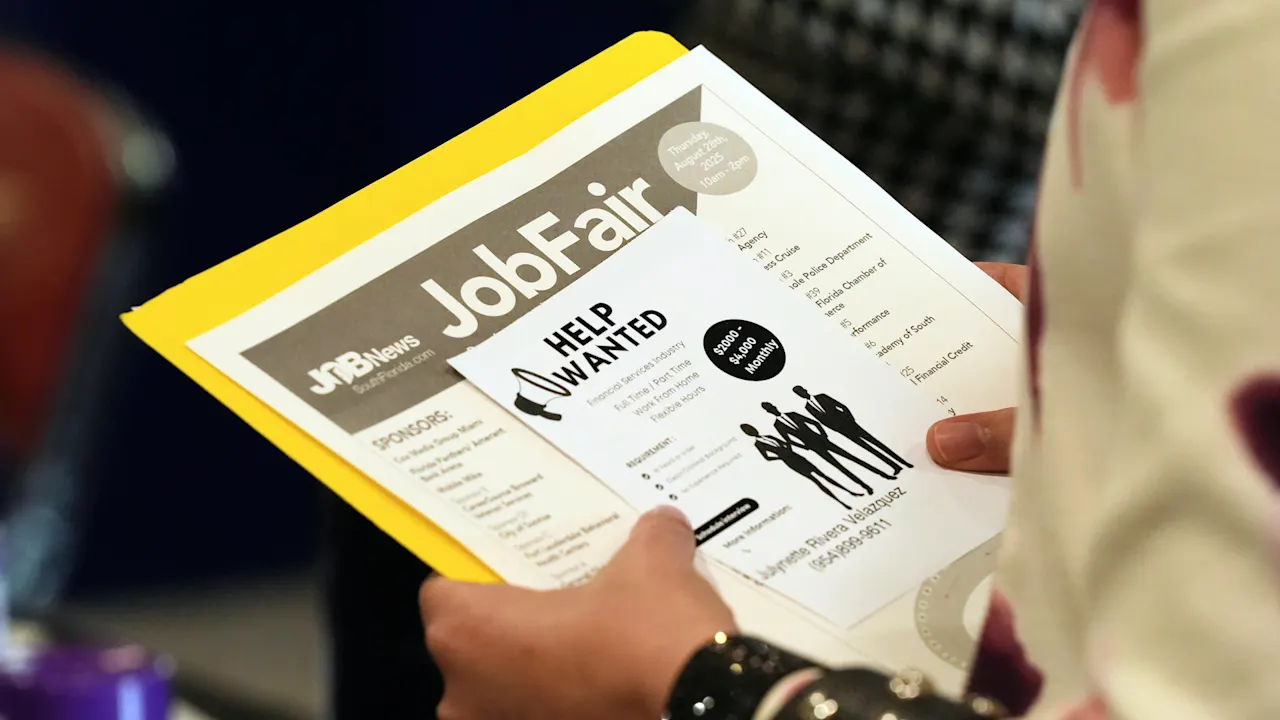The U.S. Air Force is gearing up to dramatically expand its capabilities in aircraft propulsion. Through an indefinite-delivery, indefinite-quantity contract structure, service officials aim to develop and field innovative engines that can power next-generation airframes faster, farther, and more efficiently.
Air Force seeks vendor pool to develop advanced engines
Key Takeaways:
- The Air Force plans to award multiple indefinite-delivery, indefinite-quantity contracts for innovative propulsion solutions.
- Proposals are due by October 15, highlighting a rapid turnaround for interested vendors.
- The Next Generation Adaptive Propulsion (NGAP) program focuses on high-thrust, long-duration engines.
- Digital advances and “revolutionary” capabilities are emphasized in new engine designs.
- Future “on-ramp” opportunities will allow additional vendors to join after initial contracts are awarded.
The Air Force’s Vision for Advanced Engines
The U.S. Air Force has issued a request for information (RFI) inviting industry proposals on developing next-level aircraft engines. With an emphasis on rapid development and flexible production, officials hope to spur innovative propulsion concepts that could serve both existing aircraft and future unstoppable warplanes. Responses to the notice are due by 4 p.m. on October 15.
The Indefinite-Delivery, Indefinite-Quantity Approach
To maintain momentum in a fast-evolving defense landscape, the Air Force aims to use an indefinite-delivery, indefinite-quantity (IDIQ) framework, enabling quick awards and modifications as projects progress. “The Government intends to award a contract to all qualifying offerors who submit acceptable proposals,” notes the draft statement. Once the basic contract is in place, awardees will receive initial delivery orders, including a virtual orientation conference to discuss propulsion priorities.
Next Generation Adaptive Propulsion in Focus
A key part of this initiative ties into the Next Generation Adaptive Propulsion (NGAP) program. In January, the Air Force moved NGAP into a prototyping phase, awarding General Electric and Pratt & Whitney each up to $3.5 billion. The goal is to design a platform-agnostic engine for long-range, high-endurance requisites. Such a shift in focus reflects the Pentagon’s broader modernization efforts, which also encompass future combat aircraft like Collaborative Combat Aircraft, Next Generation Air Dominance platforms, and a Next Generation Air-Refueling System.
Vendor Proposals and Future On-Ramps
Through each new phase, the Air Force plans to “on-ramp” new vendors every two years after the initial award, and more frequently if needed. This strategy ensures that companies with emerging technologies can join the program on a rolling basis. For the Air Force, it is essential to test and adopt disruptive innovations as quickly as they are ready, to stay ahead of adversaries and close existing gaps in the propulsion market.
A Look to the Horizon
Ultimately, this IDIQ approach is designed to guarantee that when a cutting-edge airframe is built, new engine options are readily available. The Air Force has prioritized evolutionary and revolutionary propulsion technologies that reduce energy needs while delivering higher thrust. As the service continues pushing boundaries with digital integration and advanced materials, these contracts promise to shape the future of military aerospace and secure America’s air dominance for decades to come.











